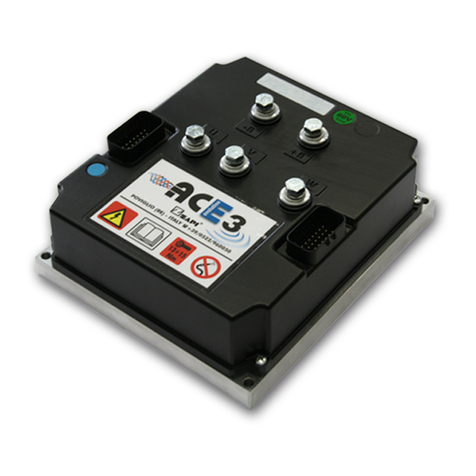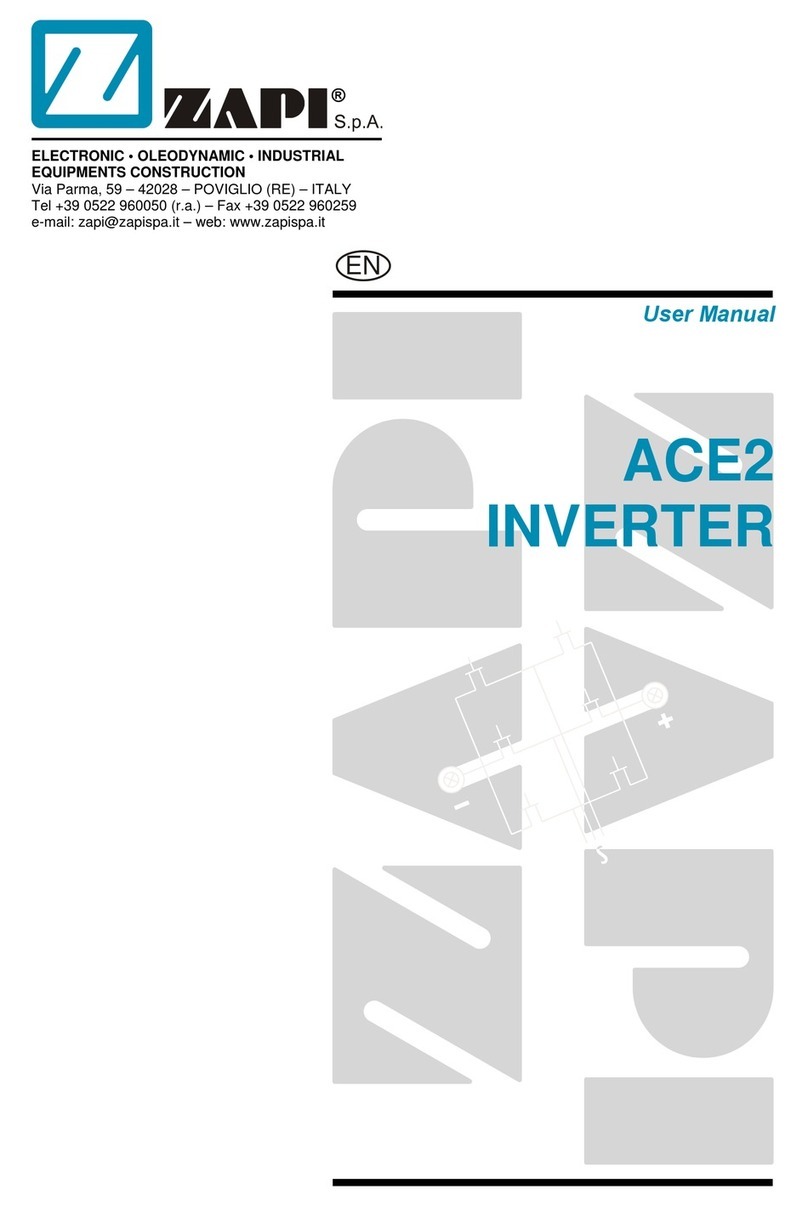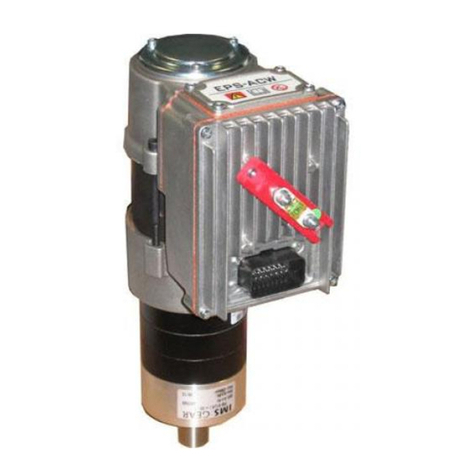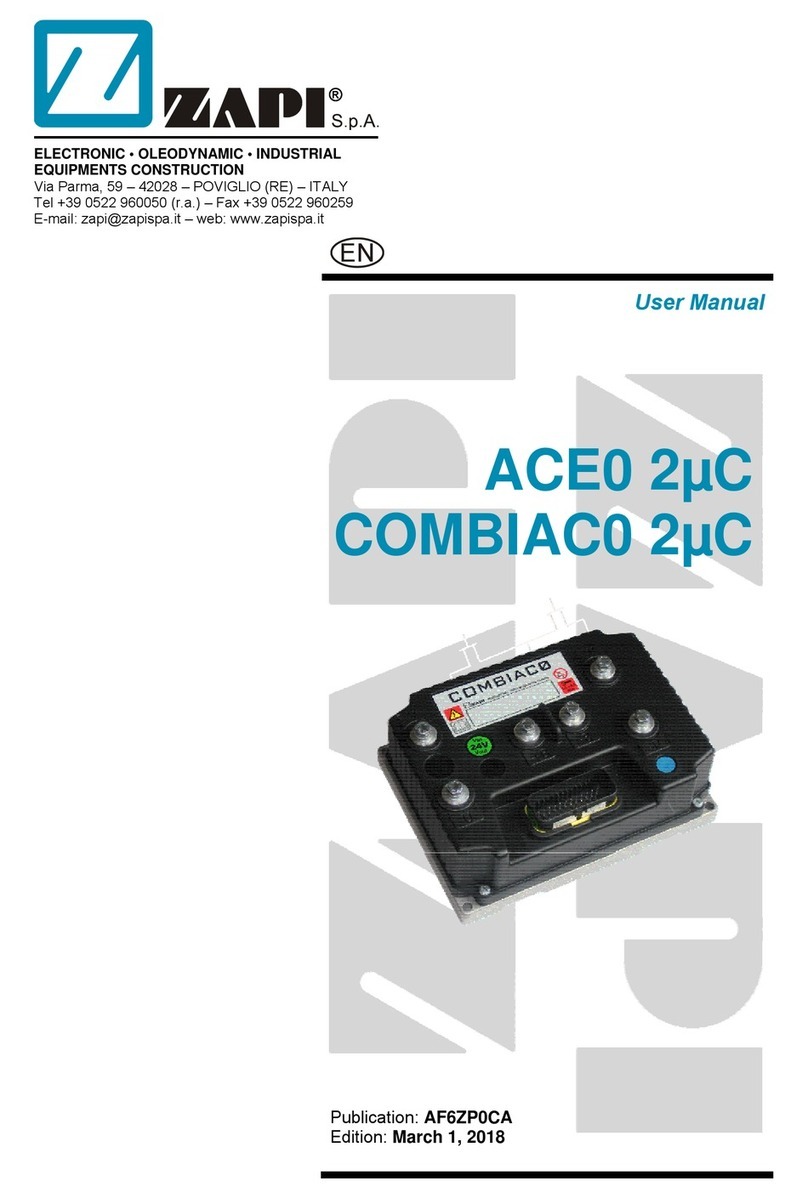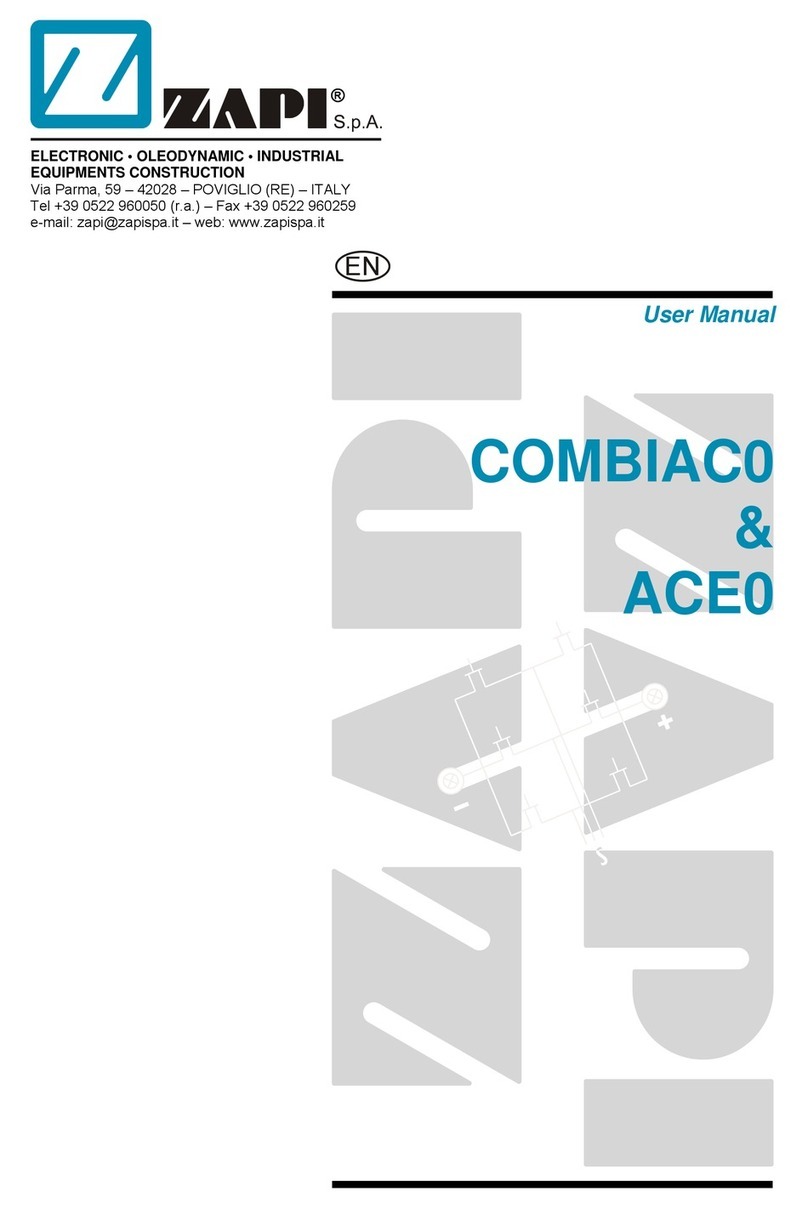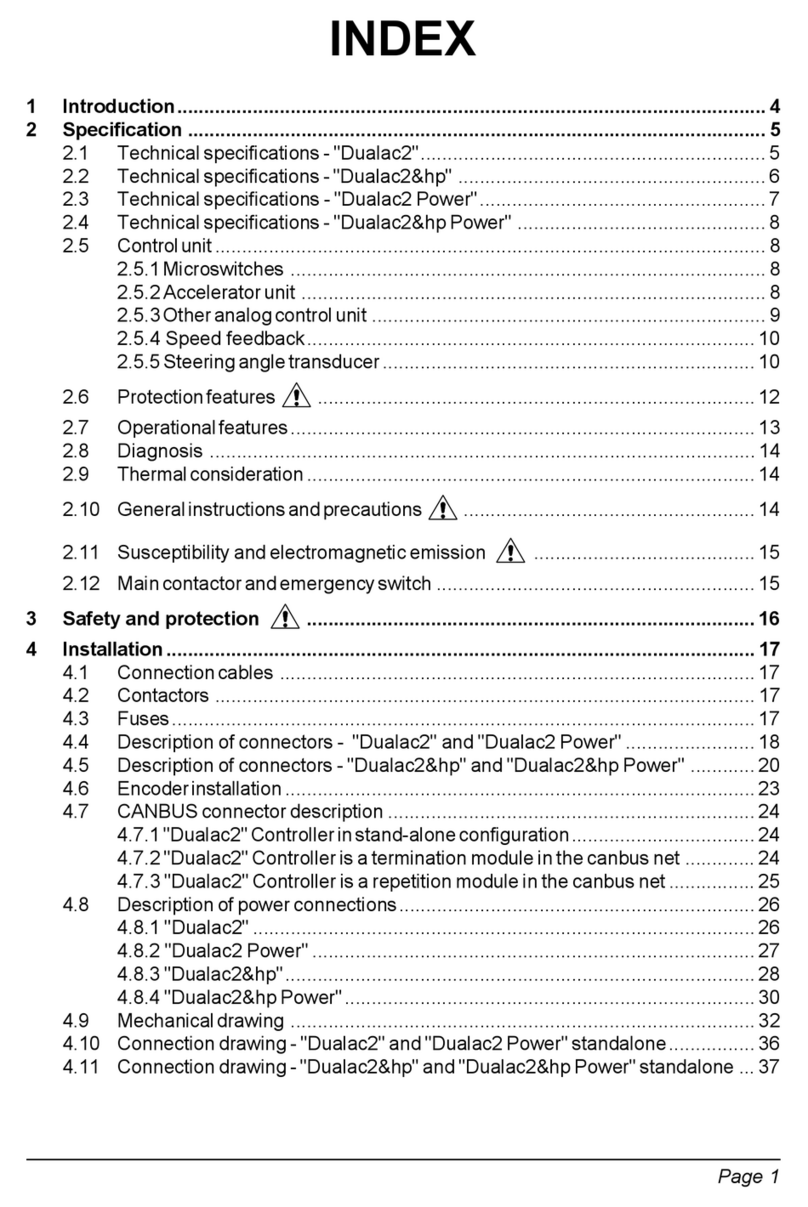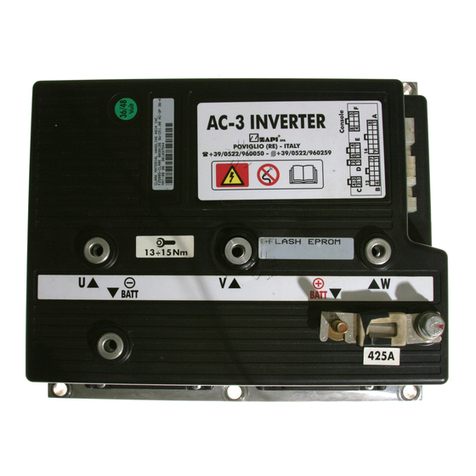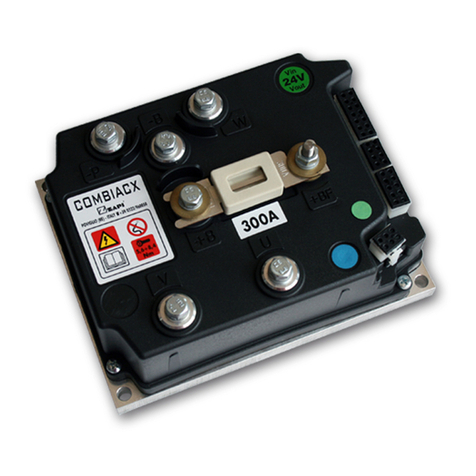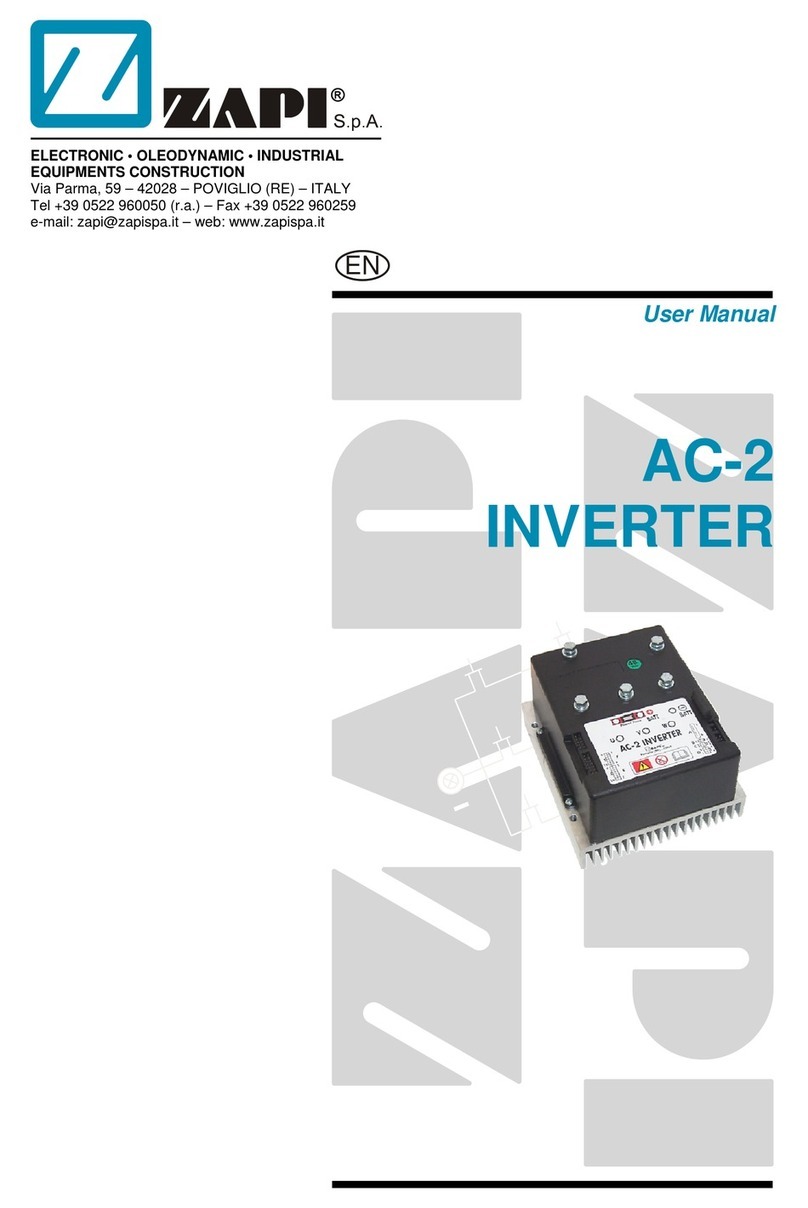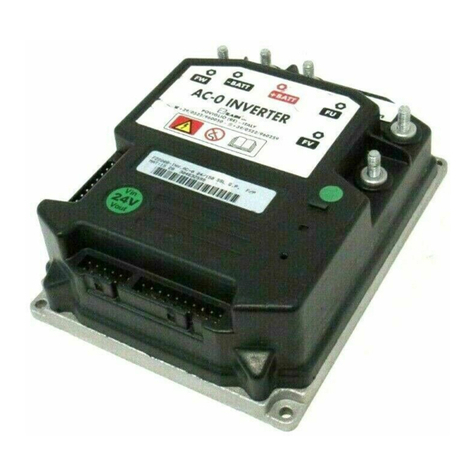
Contents
1INTRODUCTION ...................................................................................................................6
2SPECIFICATION...................................................................................................................7
2.1 Technical specifications..............................................................................................7
2.2 Block diagrams ...........................................................................................................7
3SPECIFICATION FOR THE INPUT DEVICES FILLING UP THE INSTALLATION KIT.......8
3.1 Digital inputs ...............................................................................................................8
3.1.1 DIs technical details – 24 V system ..............................................................8
3.1.2 DIs technical details – 48 V system ..............................................................8
3.1.3 Microswitches ...............................................................................................8
3.2 Analog unit..................................................................................................................9
3.3 Other analog control unit ............................................................................................9
3.4 Analog motor thermal sensor input...........................................................................10
3.5 Speed feedback........................................................................................................10
4INSTALLATION HINTS.......................................................................................................11
4.1 Material overview......................................................................................................11
4.1.1 Connection cables ......................................................................................11
4.1.2 Contactors...................................................................................................11
4.1.3 Fuses ..........................................................................................................12
4.2 Installation of the hardware.......................................................................................12
4.2.1 Positioning and cooling of the controller .....................................................12
4.2.2 Wirings: power cables.................................................................................13
4.2.3 Wirings: CAN connections and possible interferences ...............................13
4.2.4 Wirings: I/O connections .............................................................................15
4.2.5 Connection of the encoder..........................................................................16
4.2.6 Main contactor and key connection ............................................................17
4.2.7 Insulation of truck frame..............................................................................18
4.3 Protection and safety features ..................................................................................19
4.3.1 Protection features......................................................................................19
4.3.2 Safety Features...........................................................................................20
4.4 EMC..........................................................................................................................20
4.5 Various suggestions .................................................................................................22
5OPERATIONAL FEATURES ..............................................................................................23
5.1 Diagnosis ..................................................................................................................23
6DESCRIPTION OF THE CONNECTORS............................................................................24
6.1 Connectors of the logic .............................................................................................24
6.1.1 CNA connector: AmpSaab Version.............................................................25
6.1.2 CNA connector: AmpSeal version ..............................................................26
6.2 Description of power connections.............................................................................28
7DRAWINGS.........................................................................................................................29
7.1 Mechanical drawing ..................................................................................................29
7.2 Connection drawing ..................................................................................................30
7.2.1 AmpSaab version........................................................................................30
7.2.2 AmpSeal version.........................................................................................31
8ONE SHOT INSTALLATION PROCEDURE.......................................................................32
8.1 Sequence for Ac Inverter traction setting..................................................................33
9PROGRAMMING & ADJUSTMENTS USING DIGITAL CONSOLE...................................35
9.1 Adjustments via console ...........................................................................................35
AEQZP0BA – COMBI AC1 - User Manual Page - 3/86






